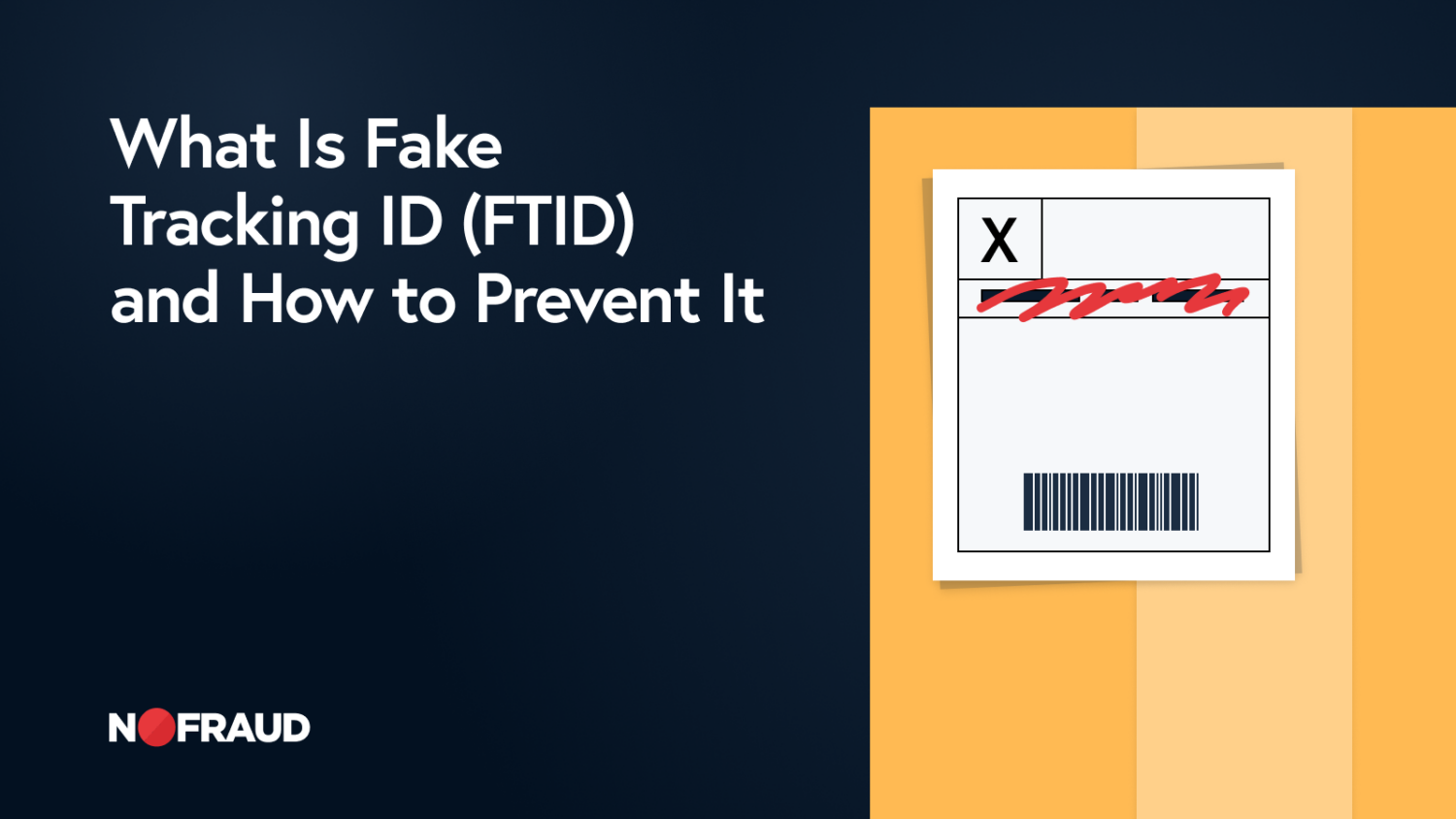In today’s economic climate, even honest shoppers may be tempted to abuse return policies or participate in boxing due to financial difficulties, making it essential for retailers to understand the nuances of this fraud scheme. If you’ve noticed an uptick in return fraud, the consequences to legitimate customers can be infuriating. They end up with increased prices, reduced product offerings (as a result of inventory challenges), and stricter return policies, ultimately affecting the overall shopping experience. By understanding what boxing is, how it happens, and how to prevent it, ecommerce businesses can take steps to protect themselves from this type of fraud, maintain customer trust, and ensure a seamless shopping experience for all.
What is Boxing?
Boxing is a type of return fraud that is similar to product swaps, where a fraudster submits a claim to return a purchased item, but instead of returning the original item, they return an inferior product of significantly less or no value. This can include returning a completely different product or a modified version of the original product, such as replacing the contents of a high-value item with materials like plywood to maintain the original weight. The fraudster hopes to receive a refund for the original item without actually returning it, often relying on the return label being scanned — to trigger a refund — before the return is inspected. Like product swaps, boxing is a fraudulent tactic used to exploit return policies and can result in significant financial losses for ecommerce businesses.
In some cases, fraudsters may even use stolen credit cards or fake identities to make the purchase, making it even harder for businesses to track and prevent. Boxing can happen in various ways, including:
- Returning a used or damaged item
- Returning a completely different product
- Returning an item with missing or damaged components
How to Prevent Boxing
Preventing boxing requires a combination of strict return policies, inspection processes, and employee training. Here are some ways to prevent boxing:
- Implement strict return policies and inspection processes
- Use tamper-evident packaging and inspect returns before issuing refunds
- Train customer service and returns teams to recognize and flag suspicious behavior
- Use data analytics to identify patterns of suspicious behavior
- Collaborate with other retailers to share information and prevent fraud


